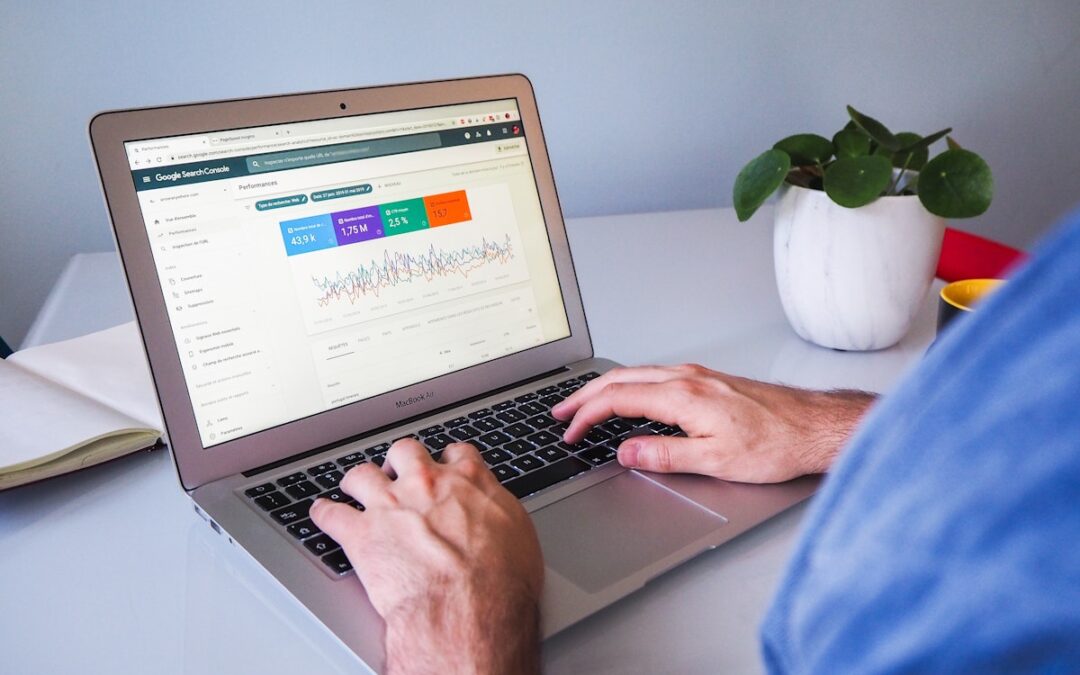Generally speaking, an exit strategy will be put in place years before your planned exit date.
This gives you time to work on your sale plan and deal with any succession issues. But more importantly, it gives you the time needed to add additional value to the business prior to a sale.
Every business has its own unique sale value, based on the size of the business, the worth of its assets and the perceived value of the company on the open market.
But what can you do to add value to your business and achieve a better sale price?
Make sure you’re running a tight ship
When you sell a house, estate agents will advise you to redecorate, clear out the rubbish and add more to your sale price as a result. The same is true of selling a business.
A potential buyer will generally want to purchase a business that’s in good shape. Sometimes a buyer will purchase a badly performing business to either a) whip it back into shape, or b) buy it cheap, sell off the assets and make a profit. However, if profit is what they’re looking for, a well-organised and efficient business is a better prospect.
Adding value starts by doing your housekeeping and making sure the whole business is in a good position to hand over. That means having:
-
-
- Modern, digital systems to keep your operations efficient, secure and well integrated
- Excellent record-keeping, compliance and governance procedures in place
- An excellent customer base to provide stable sales and good revenues
- A good brand awareness and positive reputation in your sector
- Efficient executive, management, operational and administrative teams to run the business in the smoothest and most effective ways.
Resolve any ongoing business issues
Every business will have a few ongoing business issues to contend with. These could include legal worries, court cases or bad debt in the business, and they can all have a negative impact on the company’s value. The more you can do to resolve these issues and present a worry free environment for the new owner, the better.
Work with your lawyers, solicitors, HR advisers and accountants to find resolutions for any long-standing problems in the business. If you can hand the business over without a long list of potential headaches for your buyer, that’s likely to add value to the business. Trust is also important in a sale. Being transparent and open about any previous issues will also create a better relationship between you (the vendor) and your buyer.
Improve your financial health
Most buyers will be looking to purchase your business and turn a healthy profit. To do this, they’ll want to know that the company is financially healthy. This means having books that balance and plenty of potential for them to continue this company as a profitable venture.
So, which areas of your finances should you be looking at? The key here is to be in control of your financial management, and to have a strategy in place that will improve each area of the business over time as you near your sale date.
This will include
-
-
- Strengthening your balance sheet, so you can present an attractive set of accounts
- Improving your profit and loss, by increasing revenues and cutting your expenses
- Boosting your cashflow position through careful cashflow management
- Reducing your debt liabilities, by resolving late payments and bad debts
- Polishing up your credit score, by partnering with a credit improvement specialist
- Making sure the business is well funded, by working closely with lenders.
Get your executive team ready to take over
You may well remain the lynchpin in your current business. But a business that’s still 100% reliant on its founder is not an attractive proposition to a buyer. If the business is still reliant on your everyday operational input, and you then walk away, that business can no longer function effectively. To remedy this, you need to step back and get your team ready to take over.
The easiest way to do this, is to think about the key areas where you still have input, and to then systemise these and put them under the remit of a member of your executive team. If you’re still signing off the payroll, pass this to your finance director. If you’re still taking part in all client sales presentations, defer this to your sales director.
You’ll need to be able to sell up and step away from the business without there being any operational or leadership issues for the new owner.
Work with your advisers to proactively add value
Business advisers in the M&A market have the advantage of having worked on hundreds of different business sales, across a multitude of sectors. They know what looks attractive to a buyer and what the main red flags are in a purchase. And, importantly they know how important it is for your business to have a razor-sharp focus on adding value.
A good firm of advisers delivers a range of different advisory services. By gradually enhancing every element of the business, you’ll end up with a far more attractive business to sell.
Keep any staff problems, legal issues or accounting challenges to a minimum, so the business is as attractive as possible to potential buyers, and the sale can be completed quickly.
Talk to us about adding value your business
To meet your personal and financial goals for this business sale, you want your company to be an attractive proposition on the open market. This process of added value isn’t instantaneous, but with the right advice and planning, you can move towards a more valuable sale price.
If you’re in the process of planning your exit, do come and talk to us. We’ll help you plan your exit strategy, adding value at each stage of the plan to boost your return from the sale.





